- Category
- War in Ukraine
Russia Storms Toretsk, Reducing the Once Stronghold to Rubble
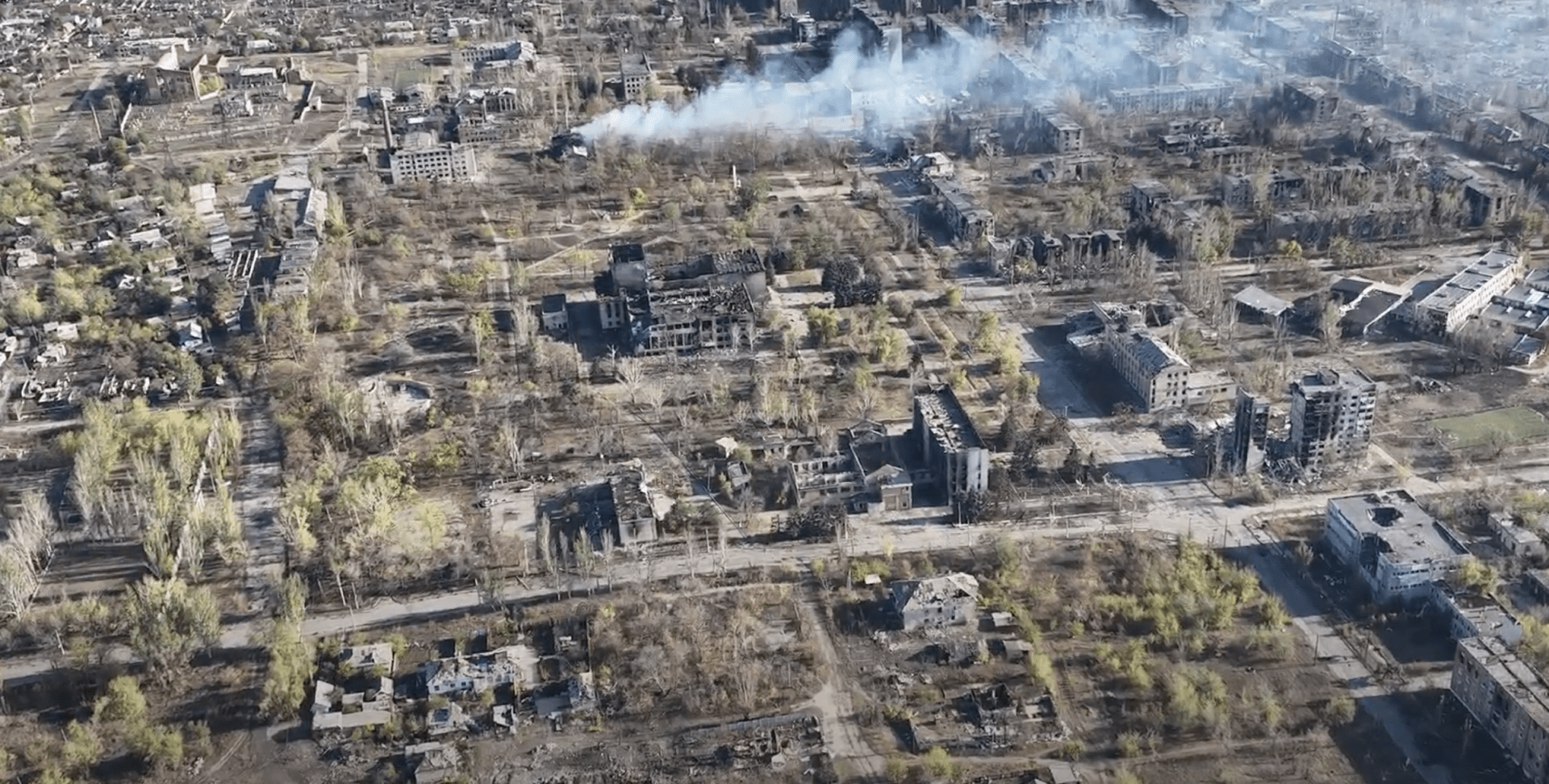
Toretsk lies in ruins, with only a few hundred elderly residents left from the original 40,000, surviving under relentless Russian shelling.
I visited Toretsk, a city in the Donetsk region, in early May 2024. Distant explosions echoed—war felt near, yet still 10 kilometers away. Once bustling with nearly 40,000 people, only 7,000 to 10,000 remained. Life clung on—people worked, banks operated, and a few shops and markets stayed open. From Toretsk, we traveled to Vovchansk, where a new Russian assault had started (swiftly repelled by Ukraine).
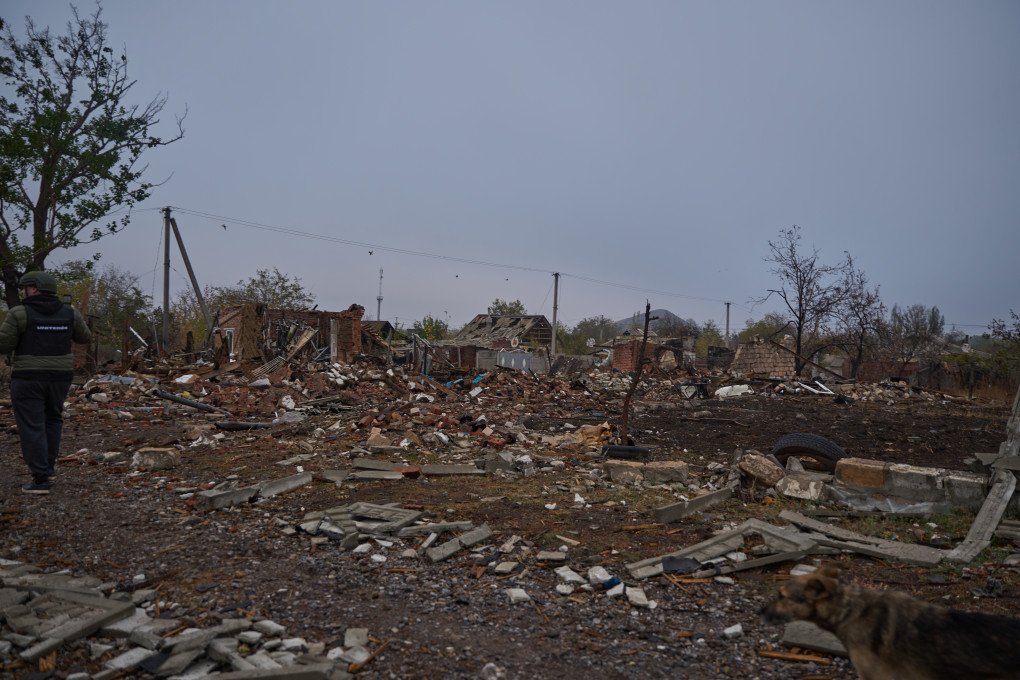
Fast forward four months, and Toretsk is unrecognizable. In May, only a few buildings bore damage. Today, just a handful stand intact. The Russians have almost entirely wiped out the city.
We entered the city with soldiers from the “Lut” (lit. “Rage”—ed.) brigade. “Chances of success are 50-50. Are you sure you’re ready?” they asked. We nodded.
The Russian army has moved into the city. They don’t have full control, and even the areas where their forces are present are far from secure. The situation is highly dynamic—street battles rage, with every building fiercely contested. The air is filled with the constant roar of artillery and mortar fire.
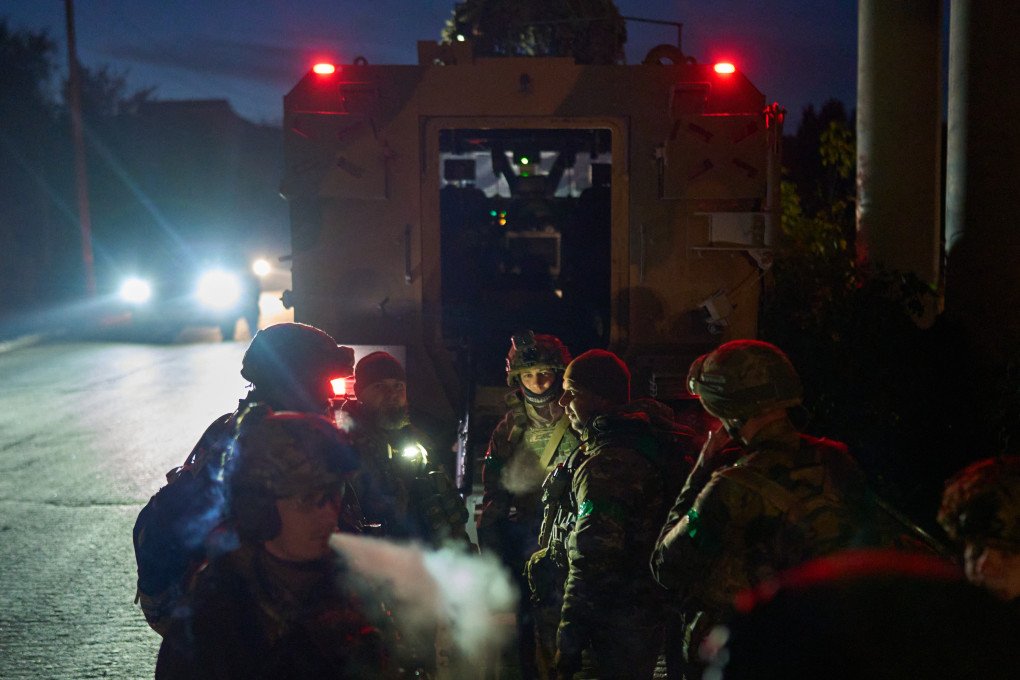
Then there are drones—everywhere. As soon as we entered the city, we were warned: Russian reconnaissance UAVs had spotted us, and FPV drones were being prepped for launch. Our skilled driver, Serhiy, pushed the vehicle to 120 km/h through narrow streets—speeds that would normally seem reckless. But there was no choice: if you don’t outrun an FPV drone, it catches you—and kills you.
The Russians spare no drones, even for single targets. On foot patrol, we scrambled for cover the moment we heard one approaching. A few times, the drones couldn’t keep up and detonated nearby. It’s tense—you can’t always tell if it’s a Ukrainian or Russian drone, so you stay on alert every second. Soldiers have countless videos of FPV drones slamming into their vehicles, obliterating anything from civilian trucks to armored all-terrain vehicles.
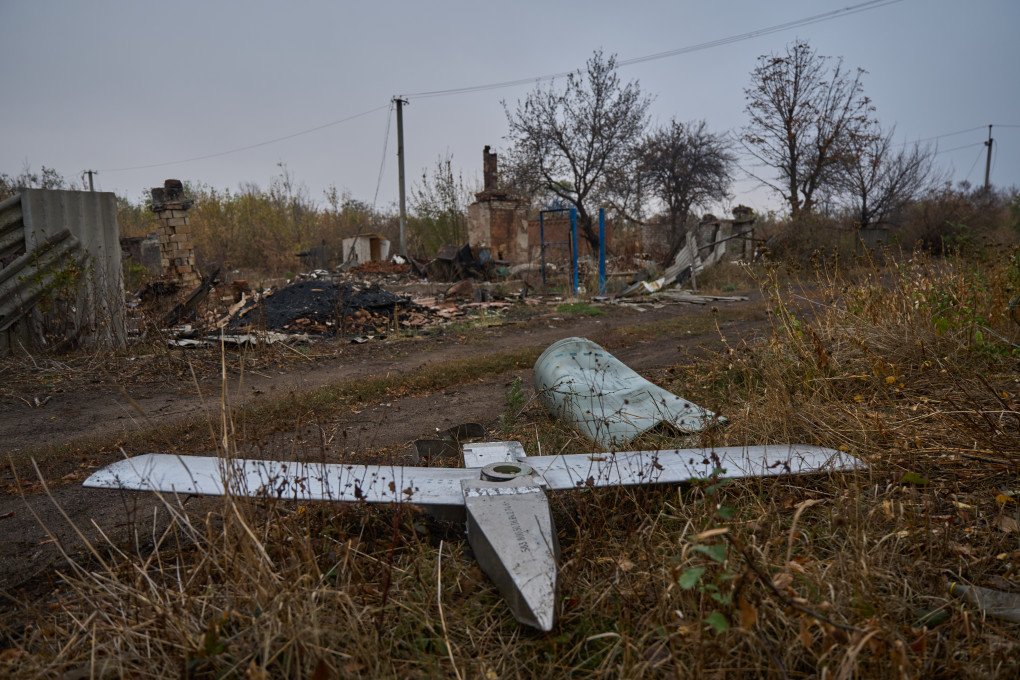
While scanning the sky for drones, you also have to watch your step—the ground is littered with anti-personnel mines. A scout with the call sign “Hor” told us how his comrade stepped on one. He survived but lost his leg up to the knee. After rehabilitation, he returned to the army and now works in headquarters.
One day, we went to film mortar crews in action. We got lucky: the Lut command originally planned to send us to a position that had been destroyed just hours before our trip. All the soldiers survived, but now they had to relocate, camouflage the new site, and prepare for combat operations. The soldiers we eventually met took concealment seriously—keeping their position hidden from the Russians was critical. Otherwise, it would be immediately struck by a Russian Grad MLRS, which targets any known Ukrainian positions.
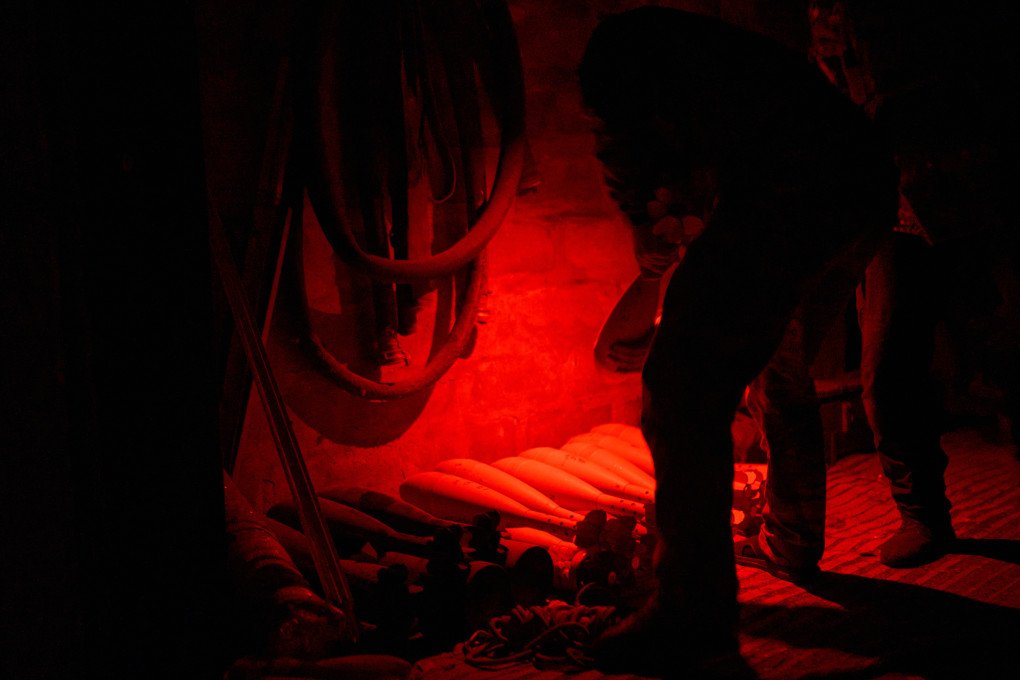
Toretsk stands in ruins. During our time there, we saw just one local resident, gathering water. He refuses to evacuate, saying he’s “living his life.” It’s hard to grasp what kind of life that is—his home is destroyed, there’s no electricity, no gas, no power, and water has to be drawn from a well. There are no shops left—they’re gone—and volunteers can’t safely enter these areas. Still, he won’t leave.
Much of the destruction is due to the guided bombs Russia is using to pound the city. The devastation is clear in the remains of the houses—one of them completely erased, reduced to nothing but the foundation.
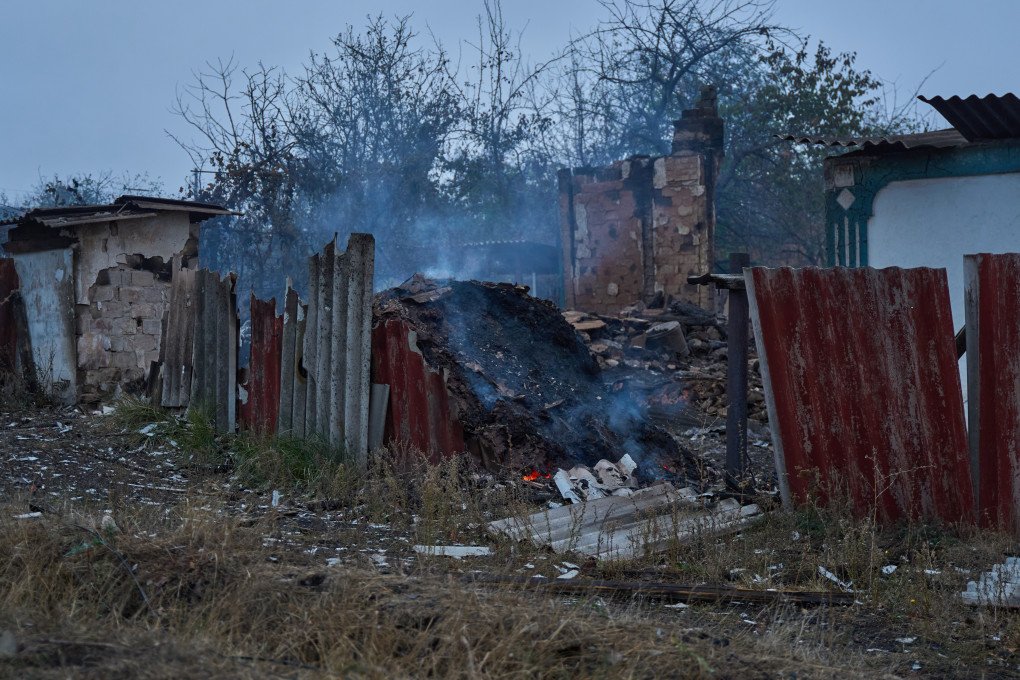
We walked through the city for several hours, where no building stands intact. Everything is damaged or destroyed. Soldiers say that when the Russian troops can’t pinpoint a specific target, they resort to area bombardment: choosing a sector and launching a massive barrage. It’s hard to believe until you experience it firsthand—dozens of salvos, one after another, relentlessly destroying the city.
Beyond their endless ammunition, the Russian army shows no concern for its own troops. Ukrainian soldiers say that regardless of the losses, fresh Russian forces arrive within hours or a day. “There are so many of them, an endless wave—they just keep coming,” soldiers from the Lut brigade told us. This is backed by statistics from Ukraine’s General Staff: on one day in October, Russia lost over 1,700 soldiers in just 24 hours.
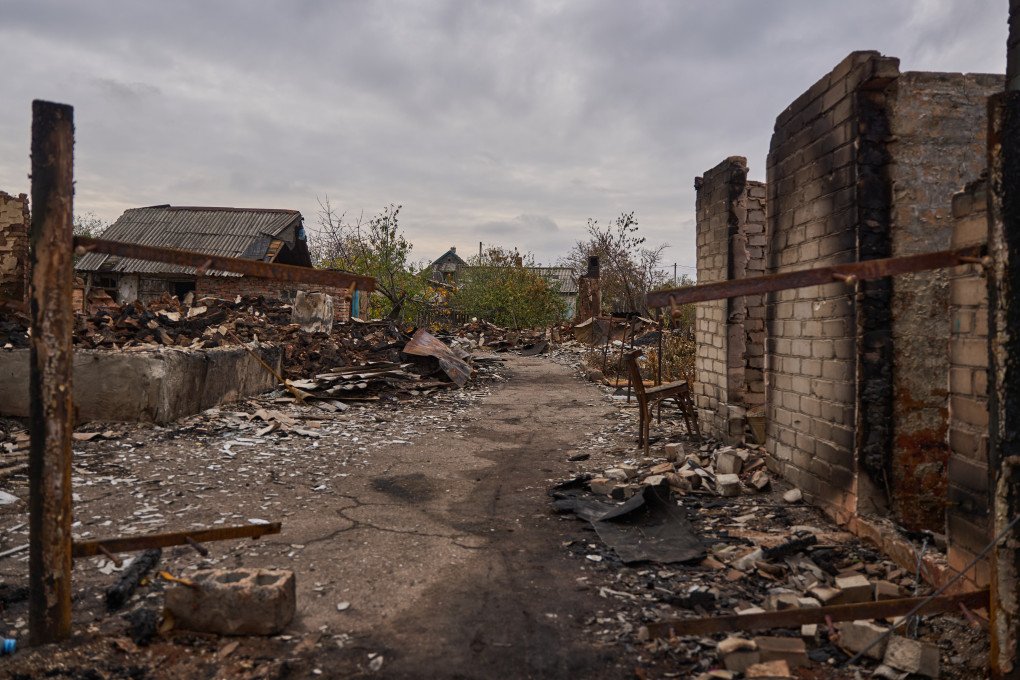
Over the past year, this has become a standard Russian tactic: bombard cities with guided bombs, keep up relentless artillery fire, and send tens of thousands of troops into battle, sacrificing them in waves. Toretsk is next after Avdiivka and Vuhledar, with the same brutal pattern playing out. Ukraine’s ability to hold the line now depends, in part, on having enough ammunition—a challenge early in 2024. Today, domestic production is up and regular supplies from Western partners keep the fight going.
Then there are the F-16s. I didn’t see them myself, but the soldiers told me that the moment Ukrainian planes appear near the city, Russian aircraft vanish. This only reaffirms the claim that the more Western aircraft Ukraine has—along with long-range air-to-air missiles—the less of a threat Russian bombers will pose. Fewer guided bombs will be launched.
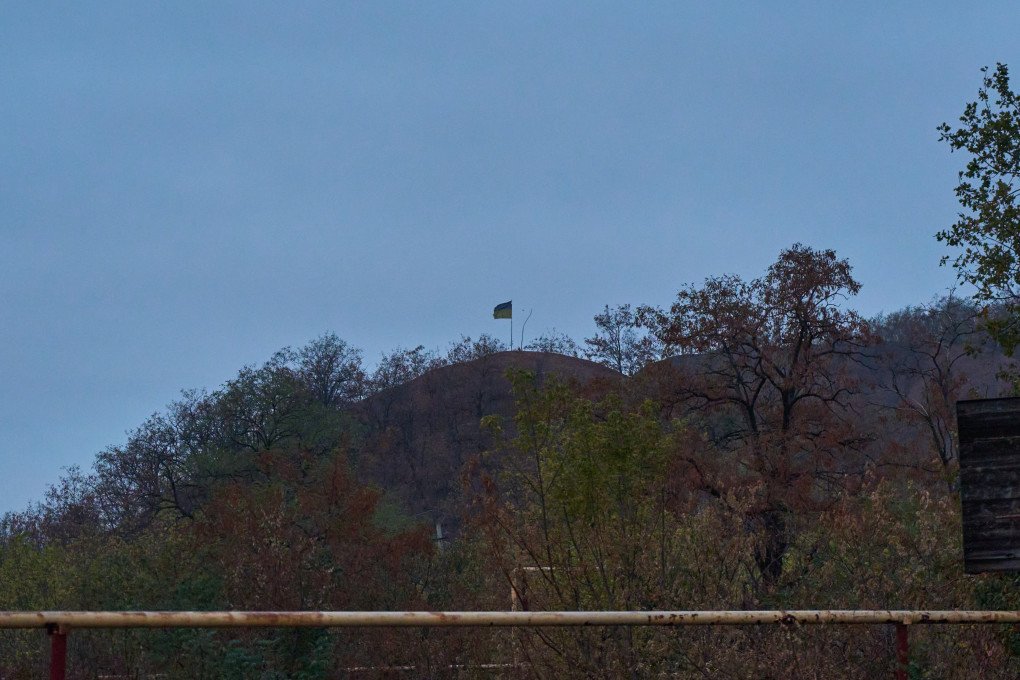
The defense of Toretsk continues because the city is strategically important: it offers access to railway lines and mines, perfect for hiding equipment. If Russia captures Toretsk, it would pave the way for their next targets, including Kostiantynivka, and further on, Kramatorsk and Sloviansk.
-29a1a43aba23f9bb779a1ac8b98d2121.jpeg)
-75927b6cdbd6a2bae75db91d57457680.jpg)
-46f6afa2f66d31ff3df8ea1a8f5524ec.jpg)
-fe851b90d8a0ba797c376cd41cd6a9ac.png)
-605be766de04ba3d21b67fb76a76786a.jpg)

-24deccd511006ba79cfc4d798c6c2ef5.jpeg)
-531fe8d92c87f1630d3f1a2503c33089.png)
